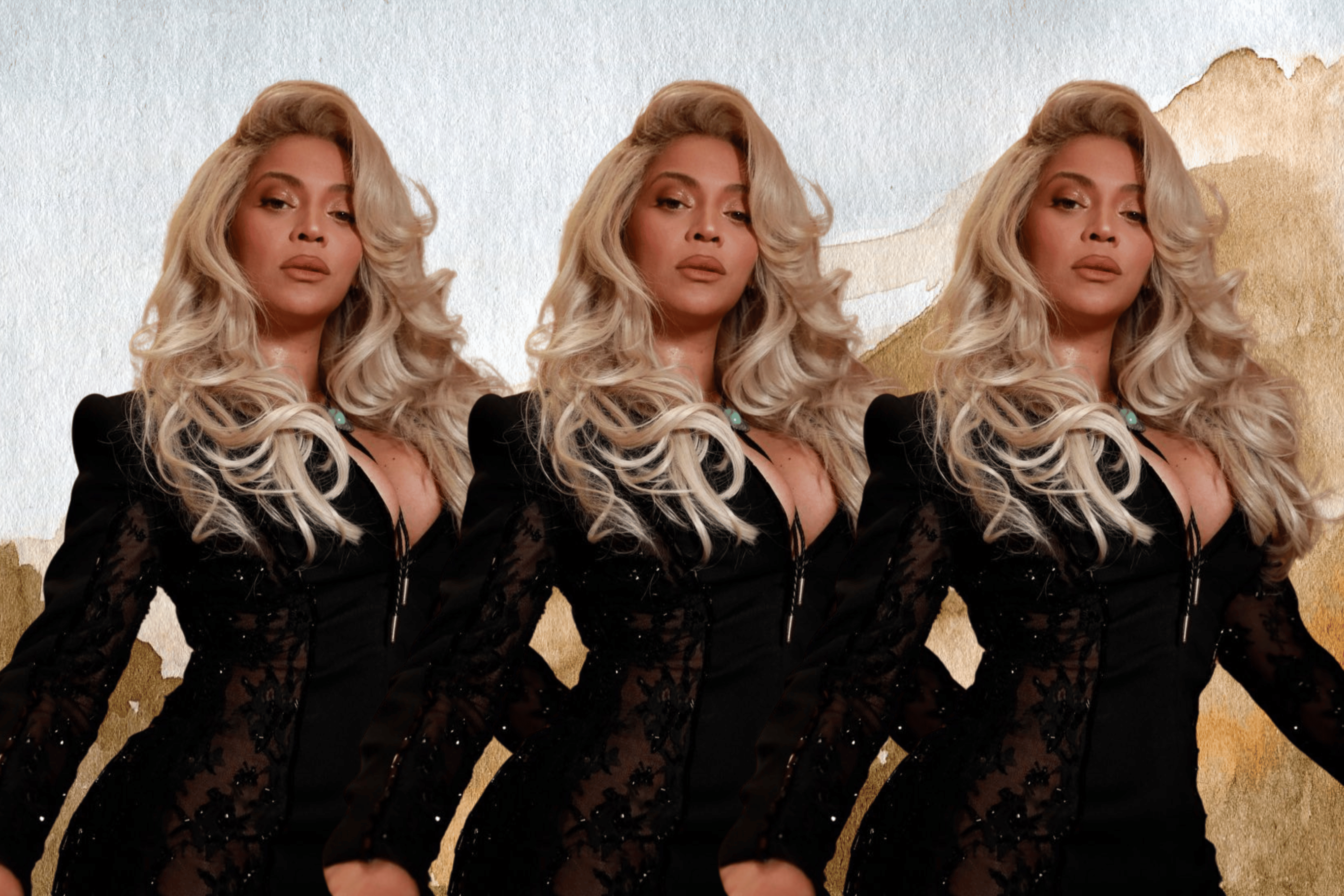How To Avoid Unecessary Breakage

Did you know that the average person loses between 100-200 strands of hair per day? That is natural natural shedding but we want to talk about BREAKAGE and how that process may escalate during sleep due to friction and tension, underscoring an often-overlooked aspect of hair care. While the importance of daytime hair care routines is widely recognized, the impact of nighttime habits on hair health cannot be overstated. Sleep, an integral part of our daily cycle, can unknowingly contribute to hair breakage if not properly managed.
Understanding Hair Breakage During Sleep
Hair breakage refers to the snapping of hair strands (not the natural fall out), a condition often exacerbated by weakened hair structure and rough handling. Factors such as chemical treatments, environmental aggressors, and mechanical stress contribute to this weakening. During sleep, constant contact with pillowcases, combined with movements, creates friction and pressure points, making hair more vulnerable to breaking. The natural tossing and turning can twist and tangle strands, leading to greater damage over time.
A common misconception is that if you don’t notice hair strands on your pillow in the morning, you're not experiencing breakage. However, breakage often happens further up the shaft and may not always result in immediate shedding. Breakage, split ends, and a loss of moisture are the frequent unwanted outcomes that happen over time that contribute to breakage later on.
It’s also been said that tying your hair into a top bun, or braiding your hair will help protect your hair from breakage or tangling overnight, while this can be true in some instances, for the majority, putting pressure on your hair from hairbands and tight, pulled back styles can actually cause even more unnecessary breakage.
If you need to have your hair tied back while you sleep, make sure it’s a loose braid, and forgo the elastic band. Instead, use a silk or satin scrunchie.
How To Prevent Hair Breakage While You Sleep
Never Go To Bed With Wet Hair
Going to sleep with damp hair substantially increases the chances of hair damage for several reasons. Wet hair strands are more vulnerable and susceptible to breakage than dry hair because they are at their weakest state when saturated with water. The natural elasticity of wet hair is altered, making it more prone to snapping and tearing when stressed, such as during restless sleep.
Additionally, sleeping with wet hair may pose a risk to scalp health. The prolonged damp environment can become a breeding ground for mould and bacteria, as the moisture trapped between the hair and scalp or pillowcase does not dry out efficiently. This issue not only pertains to those who shower before bed but also to individuals who sweat a lot during the night. The combination of warmth and moisture is a perfect scenario for fungal growth, which can lead to various scalp conditions, including dandruff and dermatitis.
Solution: Bamboo Hair Wrap offers an excellent solution to this problem. The highly absorbent material works to draw out the excess water from your hair more quickly than standard towels, reducing drying time dramatically and minimizing the time your hair remains wet. Not only is it fast absorbing, bamboo fibers have a silk-like smoothness so it does not disturb the cuticle layer, or cause the abrasion that results in frizz, split ends, and breakage from cotton towels.
Use A Detangler Hair Spray
On some occasions, due to fatigue, lack of time, or circumstances beyond our control, sleeping with wet hair may happen from time to time. When hair is wet, its shafts swell, opening up the cuticles and as a result, they become more fragile and susceptible to breakage. During sleep, any movement causes friction between the hair and the cotton pillowcase, which can lead to even higher stress on knotted hair, significantly increasing the risk of breakage.
Solution: Using a detangler could help alleviate potential damage. Hair detanglers help to loosen knots and smooth hair, making it easier to comb or brush without causing breakage or damage. They usually contain conditioning agents that add slip to the hair and help combat friction.
Sleep On Silk Pillowcases
Traditional cotton pillowcases might not be the ideal choice if you endeavour to have healthier hair. Cotton is known to be a highly absorbent material that can strip your natural oils from the hair. Plus, cotton fibres are rough and can be abrasive on the hair. When hair is robbed of its natural oils it becomes subjected to the extra friction caused by the rough material, your hair can become brittle and weak. This causes your hair to lose its elasticity and strength, resulting in increased hair breakage.
Solution: Opting for 100% silk pillowcases. Mulberry silk is a natural fibre containing natural proteins and essential amino acids. This means silk protects against hair breakage and prevents moisture loss, it is also a more hygienic option for your scalp and skin.
Protect Your Hair from Split Ends With Serum
Even when using a silk pillowcase, which is smoother and less abrasive than traditional cotton pillowcases, friction can still occur. The reality is, that any material can cause a certain level of friction against the hair, particularly if you move a lot during sleep. When hair lacks moisture, it becomes more prone to developing split ends. These split ends are essentially the beginning of the hair strand's fraying process, which, if left unaddressed, can continue up the hair shaft.
Solution: Applying a small amount of serum to your hair (not your scalp) can help moisturize and nourish dehydrated hair, potentially preventing brittleness and dandruff. The nutrients in serums create a barrier that can also help to support hair strength and elasticity.



